The Most Dangerous Intersections in Seattle
Seattle-area residents get to live and work in one of the nation’s most cosmopolitan cities. In addition to its diverse food options and world-class dining, Seattle has a thriving arts and entertainment scene and ample cultural activities that draw visitors worldwide.
This hub of activity, including some of the world’s largest companies, lies among picturesque views of the mountains and seascapes. Yet, with all its beauty and glory comes a price—Seattle’s hustle and bustle create risk for pedestrians, bicyclists, and motorists. From 2010 to 2020, the cost to society due to fatal or serious crashes in Seattle amounted to $2.1B.
To help keep you safe, our Seattle car accident lawyers dug into the Seattle Department of Transportation’s (SDOT) collision data to compile a list of the most dangerous intersections in the city. First, let’s look at how we chose the intersections, followed by some general trends about the most dangerous intersections.
How Did We Choose the Most Dangerous Intersections in Seattle?
SDOT has collected and recorded collision data since 2004 for the greater Seattle area. They provide information such as whether a collision occurred at an intersection or in the middle of the block, an injury or fatality occurred, and whether two vehicles crashed or a motor vehicle hit a pedestrian or bicyclist. Other sources have used SDOT’s data to compile a list of the most dangerous intersections of Seattle over 10 or more years. While this information is great for Seattle residents, it doesn’t offer a complete picture.
Like many other U.S. cities, Seattle has implemented a Vision Zero program in recent years. This program aims to eliminate crashes, fatalities, and injuries on Seattle’s roads. Lists of Seattle’s most dangerous intersections spanning more than a decade or including all of SDOT’s collision data don’t account for progress resulting from implementing Vision Zero projects. For a more up-to-date and complete view of Seattle’s most dangerous intersections, we used SDOT’s open data portal to look at all collisions that occurred in 2018 at Seattle intersections. We excluded property damage-only collisions and kept crashes that resulted in injuries, serious injuries, or fatalities.
Trends Across Intersection Collisions in Seattle
Seattle does have some of the safest streets in the nation; however, there are still more than 10,000 collisions per year. On average, there are 28 fatalities, 2,500 injuries, and 180 serious injuries in Seattle’s streets and intersections. A little more than 28 percent of these collisions occurred when it was dark out. In all but 29 of these nighttime collisions, the streetlights were on. Almost 64 percent of all accidents occurred during daylight hours. The remainder of the collisions occurred at dawn or dusk, or the collision report didn’t record light conditions. Some other broad statistics about intersection crashes include:
- 19 percent of collisions involved a motor vehicle striking a pedestrian
- A little less than 7 percent of collisions involved motor vehicles that struck bicyclists
- About two-thirds (67.4 percent) of accidents at Seattle intersections were between two or more motor vehicles
- 71 percent of collisions occurred on dry roads
- About 18 percent of crashes occurred during the rain, a handful occurred during snow or ice, and the remained occurred on clear or overcast days
- None of the fatalities occurred at intersections that had more than five accidents
Seattle’s Most Dangerous Intersections
Below are the most dangerous intersections in Seattle, beginning with the intersection with the most injury or fatality-causing crashes:
James Street and Sixth Avenue
James and Sixth has continuously topped the list of Seattle’s most dangerous intersections. In 2022, 88 injury-causing accidents occurred at this intersection, but SDOT estimates 101 injury crashes have occurred since 2004, 28 more than the next most dangerous intersection. Fortunately, James and Sixth is located near the courthouse and across the expressway from Harborview Medical Center’s Emergency Department.
Boren Avenue and Pike Street
Located near the Villa Apartments, only a block from the Washington State Convention Center lies Seattle’s next most dangerous intersection—Boren Avenue and Pike Street. This intersection also saw eight traffic accidents, resulting in three injured pedestrians among the injury victims. This high foot traffic area has been plagued with pedestrian accidents as well as motor vehicle and bicycle accidents for decades.
Lake City Way NE and NE 130th Street
Situated about seven miles northeast of downtown Seattle in the city’s Lake City neighborhood, the intersection of Lake City Way NE & 130th Street served as the locale for eight accidents, also including a few pedestrian injuries. As a major thoroughfare in the northeast part of the city, Lake City Way intersections are the sites of several accidents.
Dexter Avenue North and Thomas Street
Seven crashes occurred in a crosswalk at the intersection of Dexter and Thomas in downtown Seattle. This area is home to some of the big chain hotels, popular with tourists because of its proximity to the Space Needle and the Museum of Pop Culture. This area remains dangerous for bicyclists—five out of the seven collisions took place between a motor vehicle driver and a cyclist. Fortunately, no fatalities occurred at Dexter and Thomas in recent years.
The remaining dangerous intersections in Seattle each had six collisions and are scattered in different areas of the city. In no particular order, they include:
- 15th Avenue NE and NE Pacific Street
- Fifth Avenue and University Street
- Corson Avenue South and South Michigan Street
- South Dawson Street and East Marginal Way
- Rainier Avenue South and South Henderson Street
- Rainier Avenue South and South Massachusetts Street
Plans to Improve Safety Conditions at Seattle’s Intersections
The Seattle Department of Transportation and Safety is continuously working to improve driving conditions throughout the city. Recent updates to existing traffic signals and roadways include protected left turn signals, implementing radar-activated signs to indicate speed limit compliance, and upgraded traffic signals.
Despite the updates to these traffic systems, accidents and injuries occur on a daily basis. Drivers must continuously be on the lookout for hazards and work to practice defensive techniques, especially at dangerous intersections.
Contact Our Skilled Attorneys After an Accident at a Dangerous Intersection in Seattle
If you or a loved one has suffered an injury after a car, truck, bike, or pedestrian accident at one of Seattle’s dangerous intersections, you might qualify for compensation. Washington law entitles you to sue for damages in civil court if your accident resulted from another party’s negligent actions.
Contact the experienced attorneys at Boohoff Law in Seattle at (877) 999-9999 to schedule a free consultation to discuss the details of your accident and injury, and determine the best path forward for your circumstances.
Free Consultation
We Are Here For You 24/7
Reviews
– Elissa M.
“Really pleased with Boohoff Law! Received immediate responses when I had any questions. Treated amazingly by all staff … made this process a true breeze!”
– Caitlyn M.
– Brandy K.
Related Posts
Steps to Take After a Drunk Driver Hits Your Vehicle in Seattle
What Compensation Can You Claim for Severe Burn Injuries
What to Do After Being Injured in a Parking Lot Accident in Seattle
Recovery is personal.
We’re here for you.
You're better off with Boohoff.
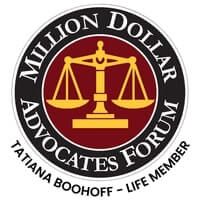

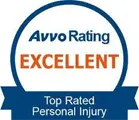
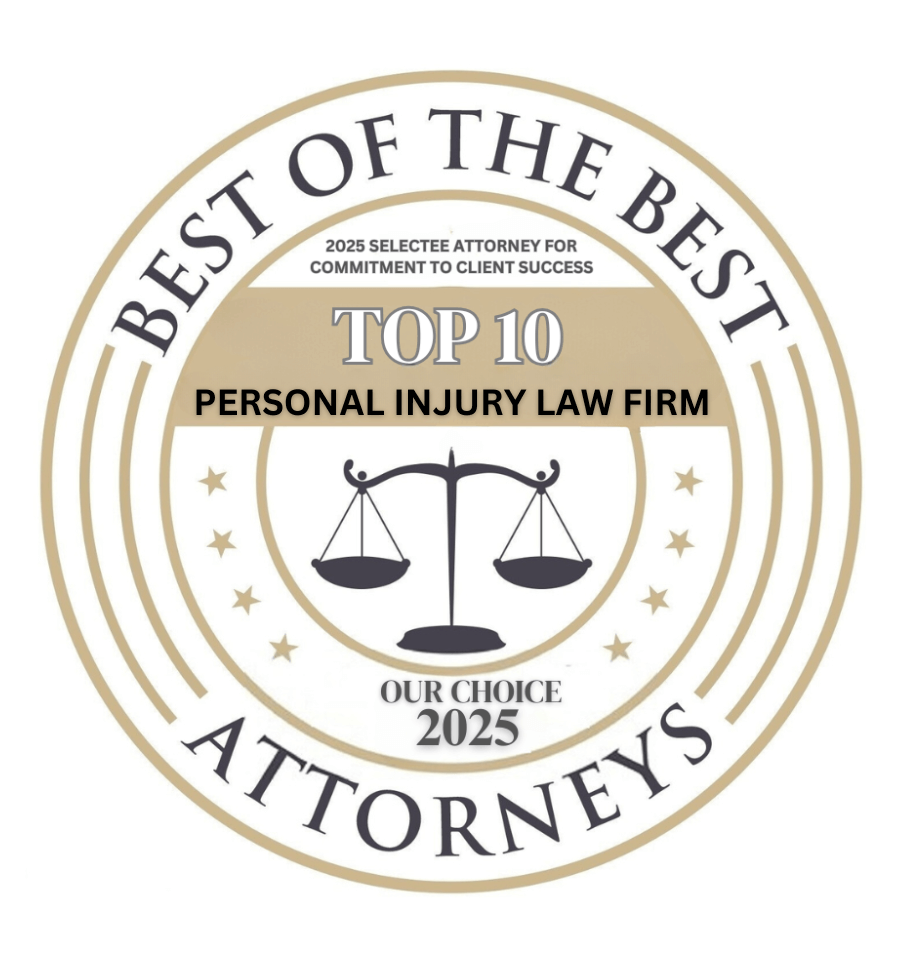
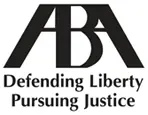
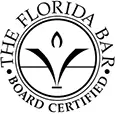
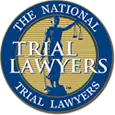
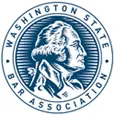
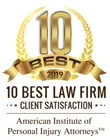

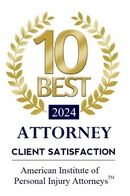
The information on this website is for general information purposes only. Nothing on this site should be taken as legal advice for any individual case or situation. This information is not intended to create, and receipt or viewing does not constitute, an attorney-client relationship.
available 24/7
(877) 999-9999
